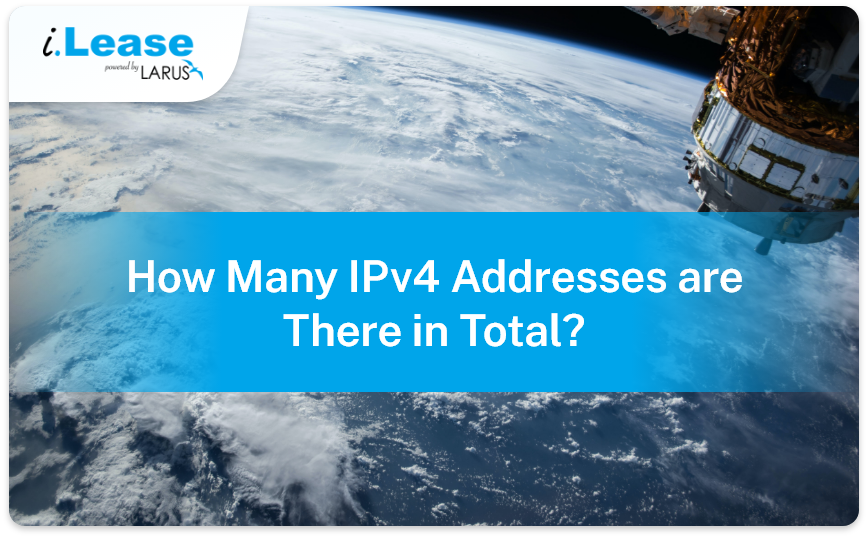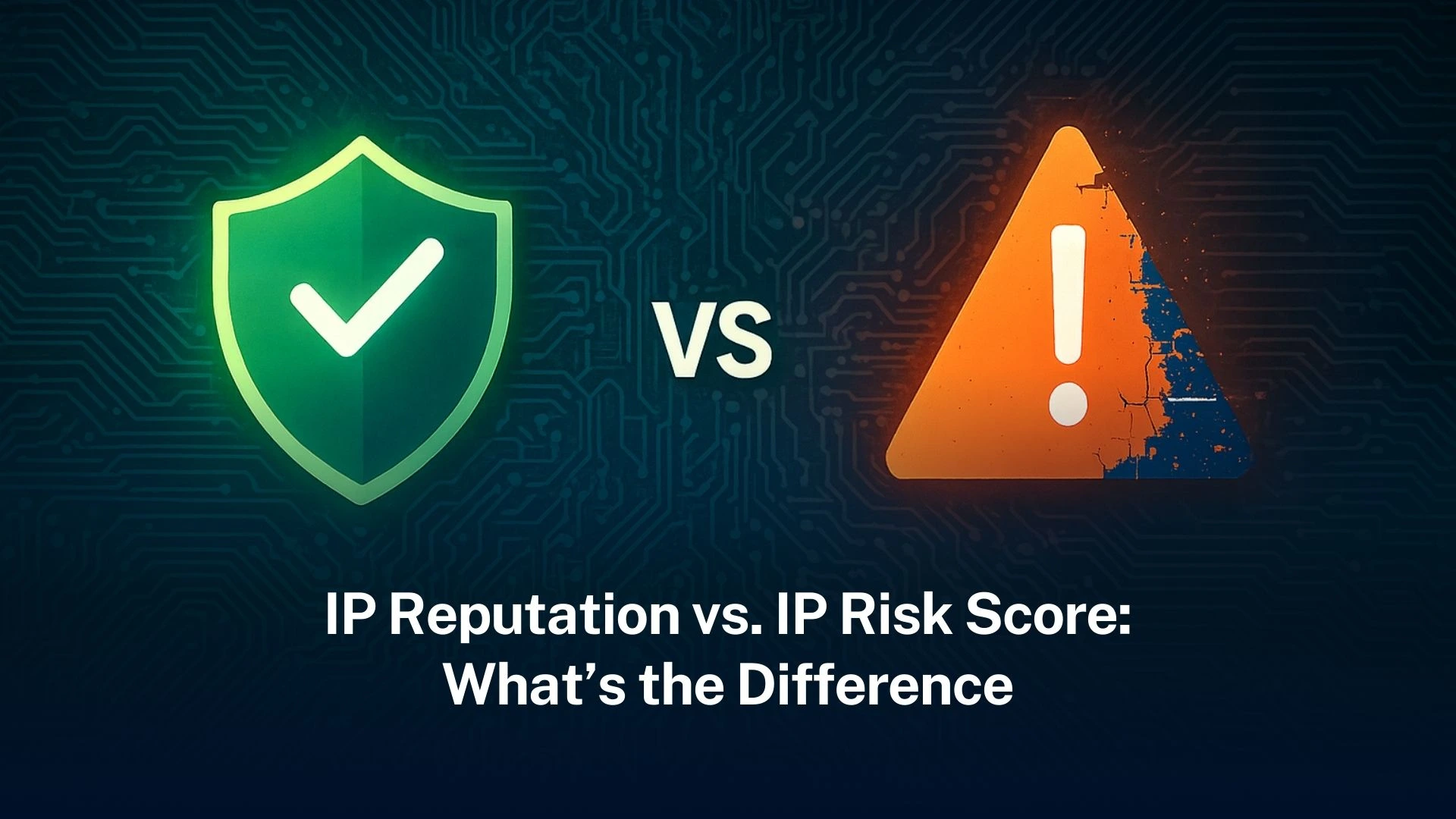How Many IPv4 Addresses are There in Total?

There are about 4.3 billion IPv4 IP addresses. To be precise, it’s 4,294,967,296. While 10 digits may seem a lot, we have actually run out of those addresses.
The Internet has outgrown its capacity. It’s not a doomsday scenario. But this development marks a crucial milestone in the history of our interconnected online world.
1.0 Are IPv4 Addresses Exhausted?
Are IPv4 addresses exhausted? The short answer is: yes.
IPv4 addresses are numbers that look like these: 74.125.224.72 or 192.168.0.0. They identify every device on the Internet. If we can’t add more IPv4s and we’ve officially run out, new devices won’t be able to connect to the Internet.
With the exhaustion of available IPv4 addresses, Internet registries have to deny address block requests. As a result, applicants are forced onto a waiting list or turn to the open market.But there is a third alternative, one that is more sustainable: switching to IPv6.
2.0 When Did We Run Out of IPv4 Addresses?
The Internet Assigned Numbers Authority (IANA) oversees IP address allocation globally. Regional Internet Registries (RIRs) handle the distribution within their territories (there are five of them globally).
On January 31, 2011, we have officially run out of IPv4 addresses. That was when the last two unreserved IANA /8 address blocks were allocated to the Asia-Pacific region. Each RIR subsequently exhausted its address pools, with APNIC being the first to deplete its freely allocated IPv4 addresses on April 15, 2011.
The slow initial adoption of IPv6 is due to the need to facilitate communication between IPv6 and IPv4, the version on which most devices today operate.
Efforts to mitigate IPv4 address exhaustion included tighter control over address allocations and subnetting strategies. Additionally, markets were considered to buy and sell IPv4 addresses to redistribute them efficiently. However, the ultimate solution remains the widespread adoption of IPv6.
3.0 Current Situation
IPv6, featuring longer addresses, including letters, resulting in 340 trillion trillion trillion combinations. In figures, it looks like so: 340,282,366,920,938,463,463,374,607,431,768,211,456.
The transition to IPv6 should ideally be seamless, with both systems designed to coexist. However, adoption by Internet service providers and public organizations has been slow. Google, for instance, reports that only 21% of its U.S. traffic uses IPv6, making it the highest rate globally.To be ready for the future, businesses should ensure their public-facing websites are accessible via IPv6.
4.0 Markets in IP Addresses
Markets where you can buy and sell IPv4 addresses might be a temporary solution to the pressing issue of IPv4 scarcity and the need for redistribution. Such a market could offer advantages such as providing a stream of available IP addresses.
Typically, this market works through a transfer of ownership: someone who owns an IP address block can approach a reputable broker who will connect them with organizations in need of IP addresses.
The creation of an IPv4 address market might only provide a temporary solution. But it is a much-needed bridge as we try to move towards IPv6.
5.0 Closing Thoughts
The transition to IPv6 is the ultimate solution to our problem of IPv4s running out. But between the present and that ideal future, we need to find a way to keep the Internet going.Leasing an IPv4 address is one of those solutions that we can work with now. With a good IP address broker, the process of leasing or buying will be seamless.



